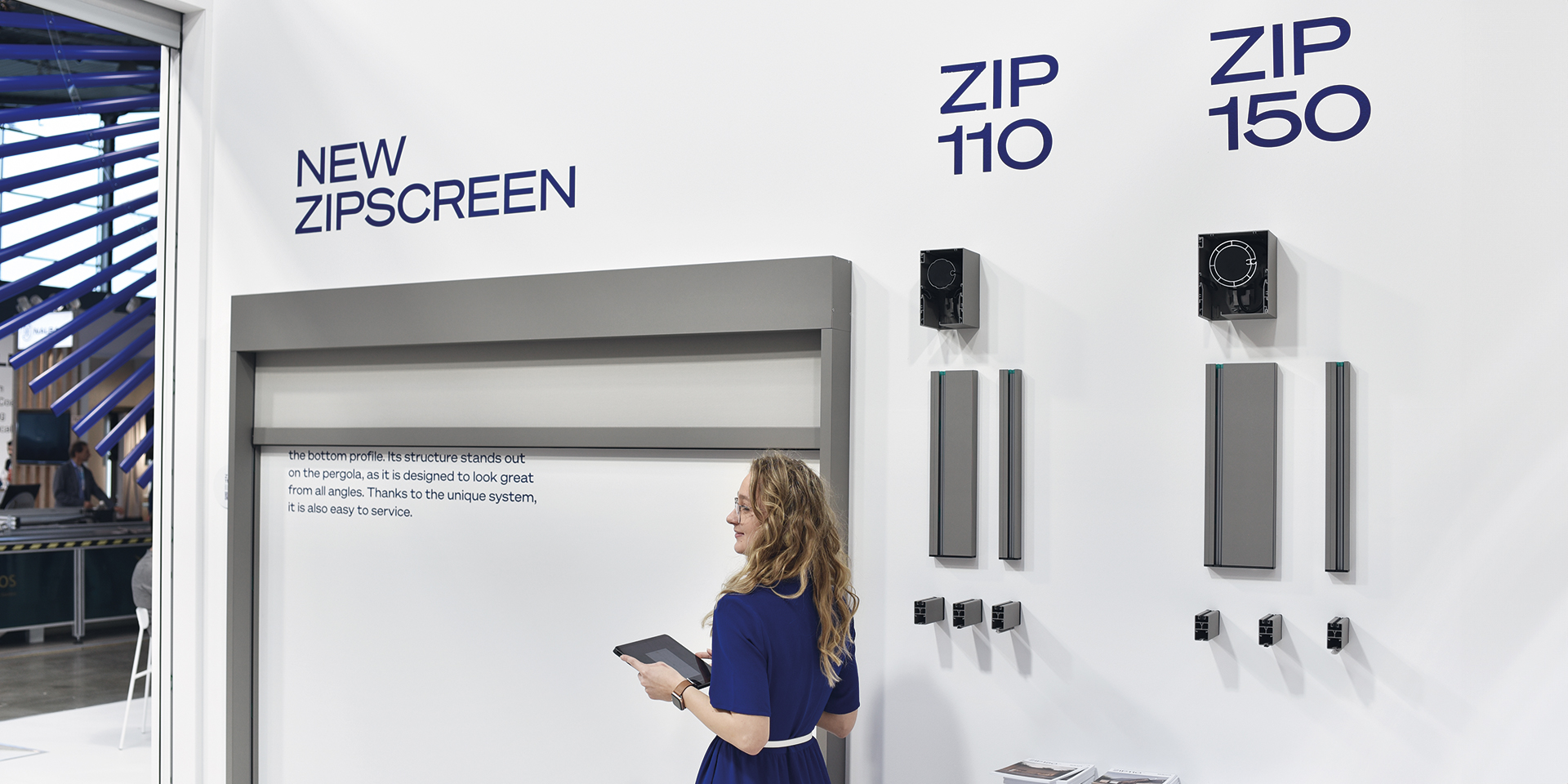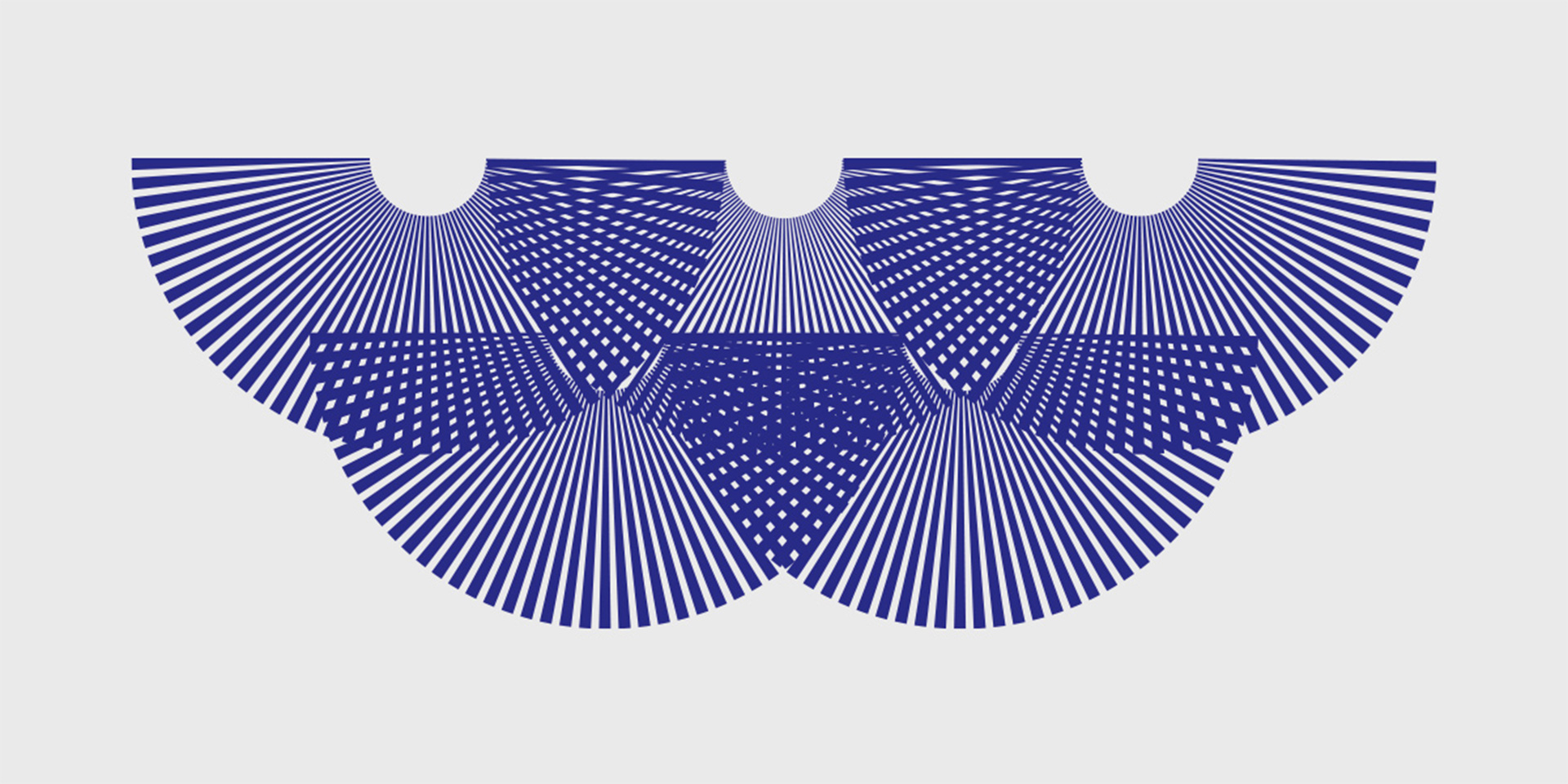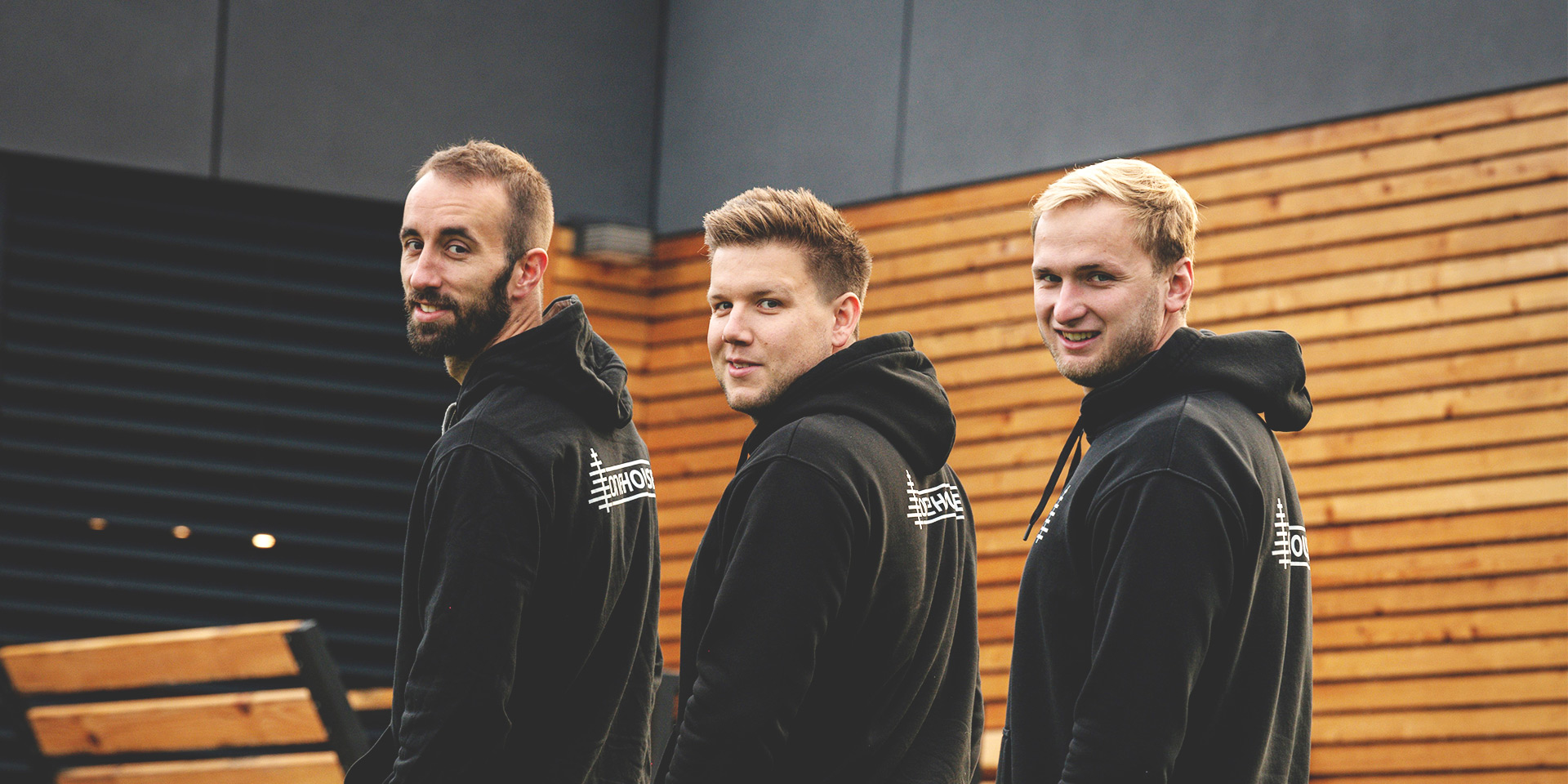The price of external screens: how much do they cost and why?
Dimensions, the type of control, the method of installation or the type of fabric: these are only some of the parameters of screens that affect the resulting price. Read a complete analysis of the prices of external textile screens.
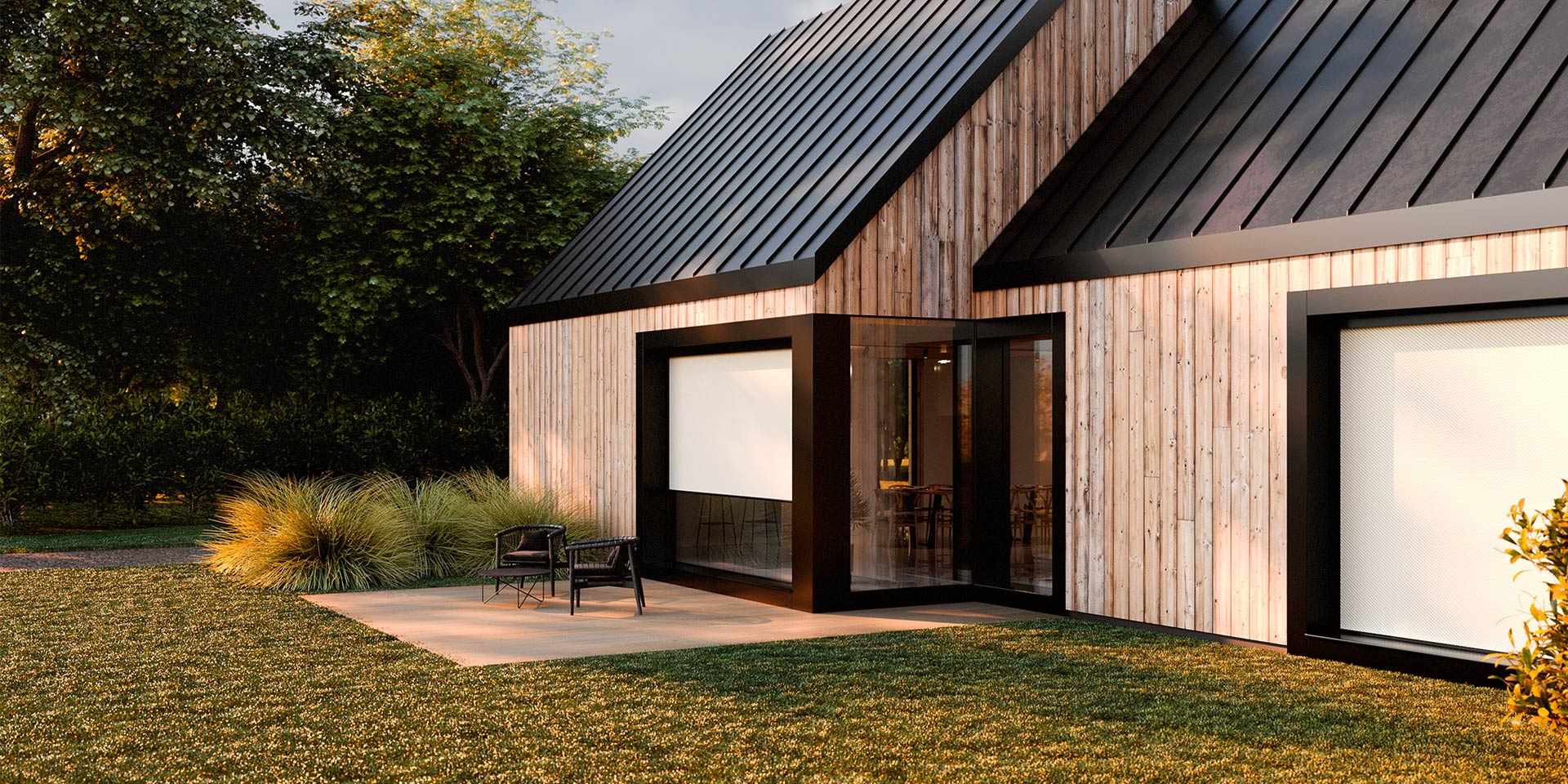
The price of external textile screens in general
It is not possible simply to determine the price per m2 of external textile screens. It is affected by more factors, among others, by the type of fabric, screen guiding or the method of installation. For example, installing the screens using holders of guiding rails is more expensive than installation directly on to the window or into the jamb.
In order for you to have at least a general idea of how much external screens cost, we give you some sample examples with approximate prices. The prices include all the accessories as well as painting of the components.
Indicative prices of external textile screens
| Type of screen | Size | Installation | Control | Approximate price excl. VAT | Approximate price of installation excl. VAT |
| ZIP100 | 2000 × 1600 mm | Onto the frame of the window | Somfy Maestria WT motor | CZK 21,100 | CZK 2,100 |
| ZIP100 | 3000 × 2600 mm | On to a pergola | Somfy Maestria io motor | CZK 36,900 | CZK 2,500 |
| ZIP135 | 6000 × 3000 mm | Into holders in front of the window | Somfy Maestria io motor | CZK 84,200 | CZK 3,000 |
Nevertheless, the table is really only indicative, and the resulting price of an external textile screen is affected by more factors. We break them down in detail below in the article.
1. Dimensions of textile screens
The main criterion for calculating the price of screens is their size. However, it is not a simple calculation based on the size in m2 because, for example, screens in height are cheaper than screens in width.
2. Types and colours of fabrics
The fabrics of screens are most often made of glass or polyester fibres that are coated with softened PVC. However, each fabric has different properties, and they differ e.g. in
- permeability,
- openness factor,
- colour,
- or the degree of light absorption and reflection.
Then, the price is always individual depending on the manufacturer and properties of the fabric concerned, as well as on the seller and their business offer. For example, we at NEVA offer screens by French manufacturer Serge Ferrari (Soltis Perform 92) and Belgian manufacturer Helioscreen (Sergé 3%) in 16 basic colours. The other colours are available for a surcharge.
3. Colour of accessories
Similar principles as with factors also apply to accessories – for example, upper boxes and guiding rails. In the basic price, manufacturers often offer several standard colours; if you wish for another colour, you have to pay an extra charge.
The situation at NEVA is a bit different because we have got our own powder paint shop. That is you why you can get accessories of screens in any RAL colour without any surcharge from us; only IGP colours, which we do not keep stock of and have to order, are at a higher price.
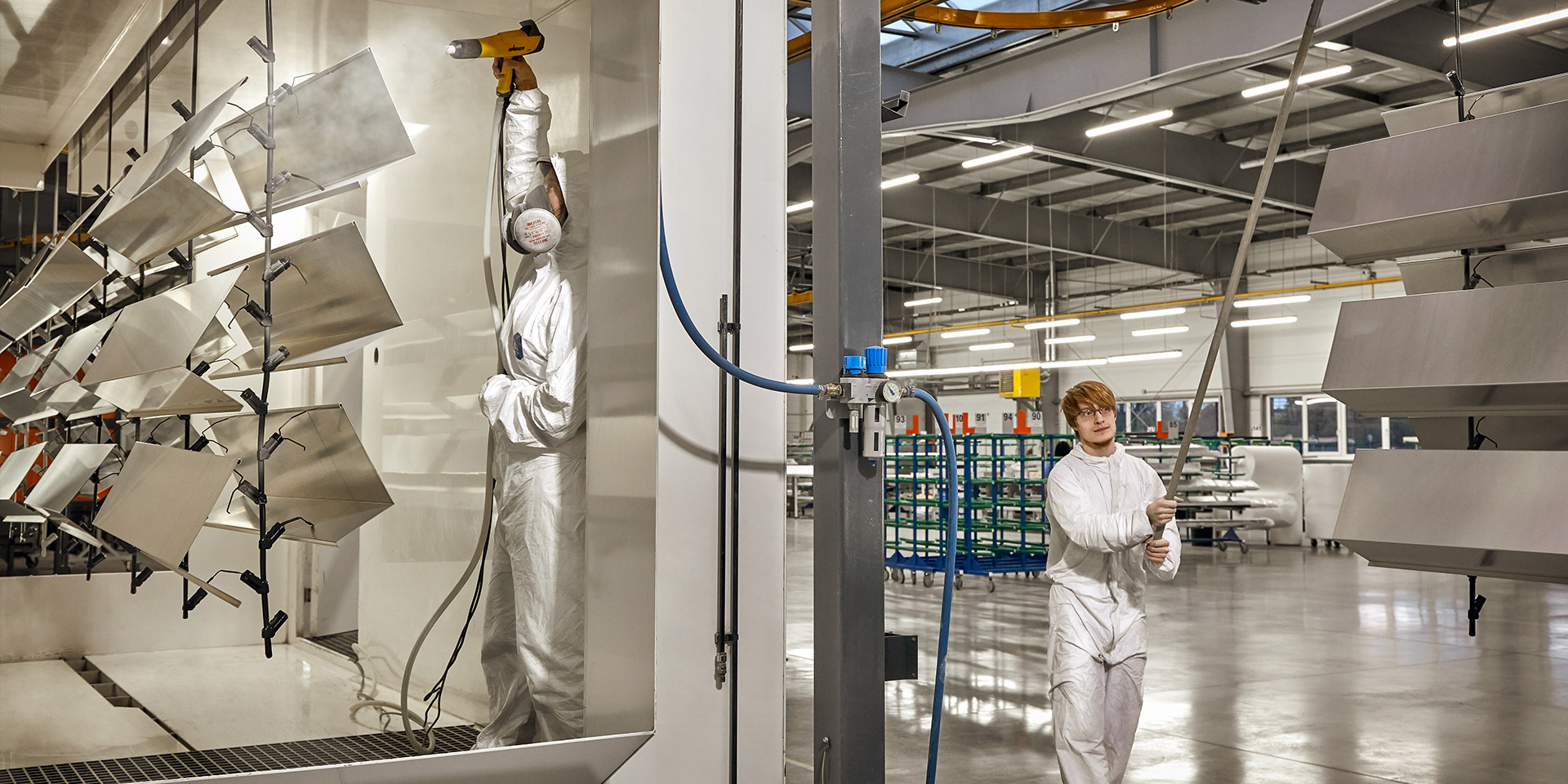
4. Guiding of the screens and their resistance
The price of screens is greatly impacted by the way of guiding. Arranged from the cheapest ones, there are:
- screens guided in a string,
- screens guided in a guiding rail,
- and the most solid screens guided in a zip, which are called zipscreens.
A screen guided in a string is a simple roller shutter, the bottom load profile of which is guided by strings. This type of roller shutter only has low wind resistance because the string anchored only at two points has play and a rather strong wind can rattle it. The main advantage is a lower price.
Screens that are more resistant to wind are those that have their bottom load profiles guided in guiding rails firmly connected with the construction. In this case, the fabric may also be tightened only between the upper and bottom profile but the bottom load profile of the screen is reliably guided by firmly anchored guiding rails, not by movable strings.
Zipscreens feature the greatest resistance. In addition, this solution incorporates a zip welded on throughout the length of the screen that serves to connect the fabric and the guiding rail firmly. That is why zipscreens withstand wind excellently, even better than external blinds.
5. Method of control
The price of an external screen also depends on the method of control. The following screens are manufactured:
- hand-operated textile screens,
- mechanical screens with a cord or crank,
- with control by means of a button on the wall,
- or with smart remote control.
The cheapest screens with manual control contain a system of springs and wheels that constantly try to pull the screen up. To prevent this from happening, secure the bottom profile into grooves mounted on the window. The disadvantage is that you can only control such a screen from outside, which is not pleasant in winter or in rain at all.
Screens mechanically controlled by a cord or crank have a shaft incorporated in the upper profile, onto which you wind the fabric by means of the cord from the comfort of your home. Nevertheless, it still is the least comfortable way when you control the screen by hand.
Motor-controlled screens are much more convenient, as instead of pulling at the cord you just have to press a button on the wall or on the controller.
Control by means of smart motors with remote control and feedback is the most comfortable. You can easily connect them to you smart home system and they will protect your screen from damage (for example, from freezing or from damage caused by an object standing in the screen’s way).
There are also differences in the prices of motors proper. Tubular motors are used for screens; for example, Chinese products are cheaper than European ones though. We can recommend motors by French company Somfy, with which we have good experience from the manufacture of external blinds.
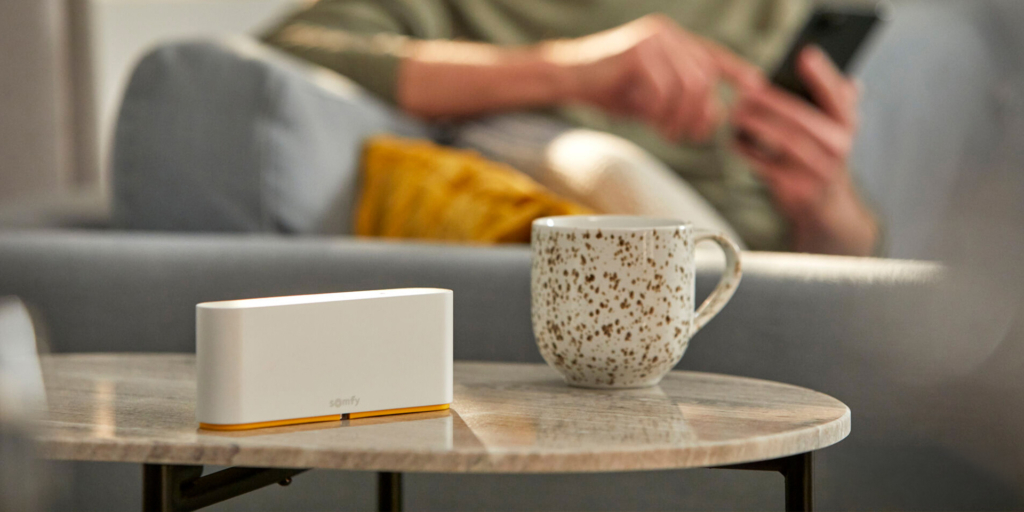
6. Installation
The ultimate price you will pay for the screen is also affected by the method of installation.
We produce screens at NEVA in a so-called visible version, which are mounted on a window frame or into a jamb. The advantage is that there is not so much interference in the envelope of the building in this case.
However, it sometimes happens that you need to have your screen placed in a slightly advanced position. In this case, choose installation using holders of guiding rails, which tends to be more expensive.
The price is also affected by the material of the upper boxes into which the screens run. Those made of extruded aluminium, where the sheet is shaped into the resulting form and reinforced throughout its length from the start, are more expensive and stronger. Cheaper boxes made of rolled aluminium sheets are neither so strong nor reinforced.
The most expensive is installation into flush-mounted boxes, which requires you to make preparations for installing the screens before the façade is made. In this case, in addition, you can choose a screen with a service flap that makes access to the motors easier.
In general, the cost of installation is increased by the need of a high-lift platform or scaffold.
Do you like our screens? Have a look at our offering or directly contact some of our partners for more precise costing.

